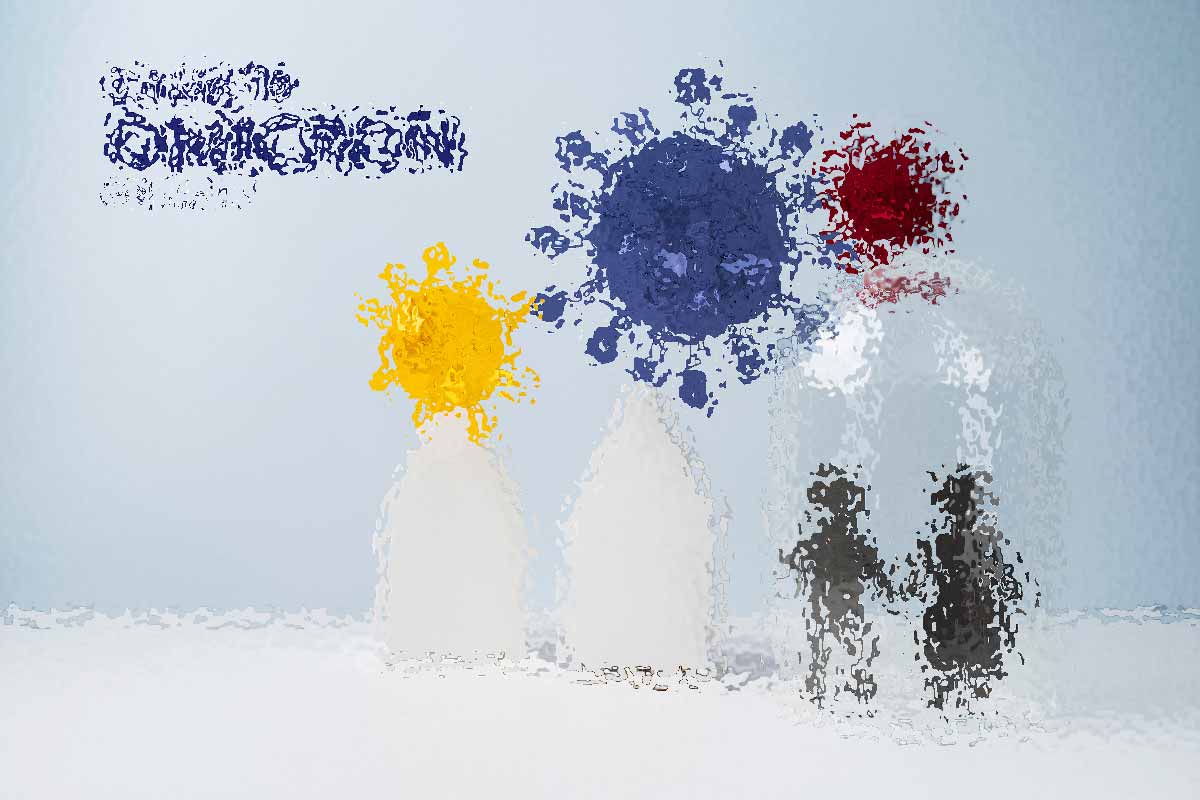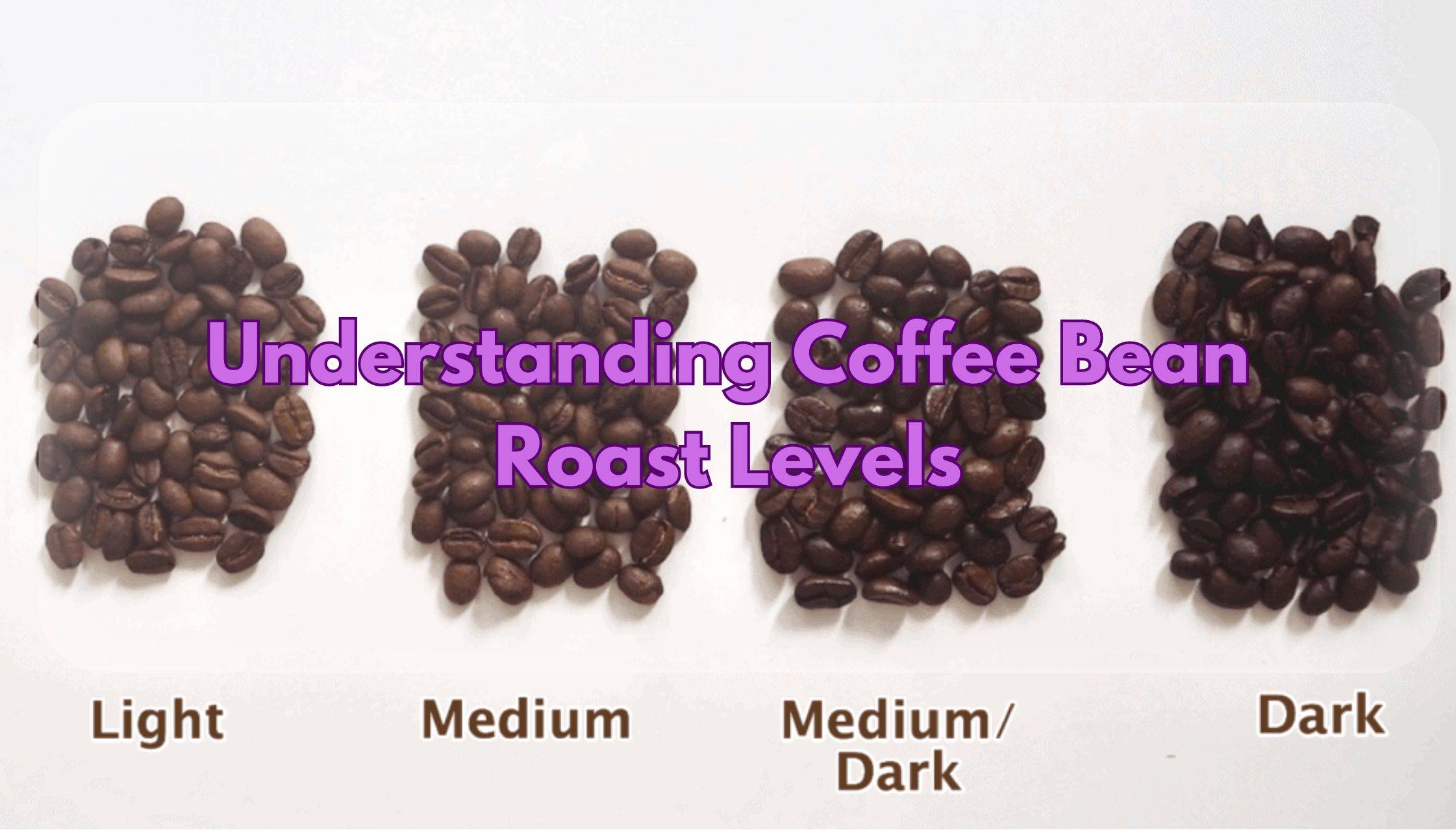Understanding coffee bean roast levels is essential for both novice enthusiasts and seasoned coffee drinkers alike. Roast levels determine not only the flavour profile but also the overall character of the coffee. From light roasts, celebrated for their bright acidity and delicate notes, to dark roasts, known for their robust, caramelized flavours, each stage of roasting offers a distinct sensory experience. Roasting not only transforms raw green coffee beans into aromatic, flavorful treasures but also influences the brewing process and final cup. This guide explores the spectrum of coffee roasts, from the gentlest light roasts to the intense dark varieties, shedding light on how roasting impacts taste, aroma, and your daily coffee ritual.
What are Coffee Bean Roast Levels?
Coffee bean roast levels refer to the degree to which coffee beans have been roasted, influencing their taste, aroma, and appearance. The roasting process begins with green coffee beans, which undergo various levels of heat application to develop their flavours. Light roasts are lightly browned and retain more of the beans’ original flavours, showcasing bright acidity and floral or fruity notes. Medium roasts offer a balance between acidity and body, with slightly darker hues and richer flavors like chocolate or nutty tones. Dark roasts feature oils on the surface, presenting bold flavors with low acidity, often described as smoky or bitter-sweet. Roast levels impact not only taste but also brewing methods; lighter roasts are ideal for drip or pour-over brewing, while darker roasts suit espresso due to their robust flavors. Understanding roast levels helps coffee lovers choose blends that match their preferences and brewing techniques.
Factors Affecting Roast Levels
The roast level of coffee beans is influenced by several key factors throughout the roasting process. First, the duration and temperature of roasting play a crucial role: shorter, cooler roasts tend to result in lighter roasts, preserving more of the beans’ original characteristics and acidity. Conversely, longer, hotter roasts lead to darker roasts, where oils may appear on the surface and sugars caramelize, producing richer, more robust flavours. The type and origin of the beans also impact roast levels; beans from different regions have varying densities and moisture levels, affecting how they react to heat. Additionally, the roaster’s expertise and equipment settings contribute significantly; skilled roasters adjust variables like airflow and drum speed to achieve desired roast profiles. Understanding these factors empowers coffee aficionados to appreciate the diverse spectrum of roast levels and select blends that align with their flavour preferences.
Characteristics of Light Roast Coffee
Light roast coffee beans are lightly browned and have a dry surface, preserving more of the bean’s original flavours and acidity. Known for their bright, crisp taste, light roasts exhibit floral, fruity, or tea-like notes with a pronounced acidity that enlivens the palate. These beans retain higher caffeine content compared to darker roasts and often have a lighter body, showcasing a clean and delicate mouthfeel. Ideal for those who appreciate nuanced flavours and enjoy coffee’s natural brightness, light roasts are typically favoured for methods like pour-over, drip brewing, or single-origin brews to highlight their distinct origin characteristics.
Benefits of Light Roast Coffee
Light roast coffee offers several distinct advantages appreciated by coffee enthusiasts. It retains higher levels of caffeine compared to darker roasts, providing a more potent energy boost. The delicate roasting process preserves the bean’s original flavours, resulting in a bright and nuanced taste profile with prominent acidity and floral or fruity notes. Light roasts are also known for their clean and crisp finish, appealing to those who prefer a less intense coffee experience. Additionally, these beans are versatile, and suitable for various brewing methods such as pour-over, drip brewing, and cold brew, allowing drinkers to explore different brewing techniques while enjoying the coffee’s natural flavours and aromas.
Characteristics of Medium Roast Coffee
Medium roast coffee beans are medium brown in color, offering a balanced flavour profile between light and dark roasts. They exhibit a fuller body compared to light roasts, with a slightly sweeter taste and reduced acidity. Medium roasts often feature notes of chocolate, caramel, or nutty flavours, creating a rich and well-rounded cup of coffee. This roast level maintains a pleasant acidity that complements its depth of flavour, making it versatile for various brewing methods including drip coffee makers, French press, and espresso machines.
Benefits of Medium Roast Coffee
Medium roast coffee offers a balanced blend of flavours, combining the richness of darker roasts with the acidity of lighter ones. It provides a smoother taste than dark roasts while retaining some of the beans’ original characteristics. Medium roasts are versatile and suitable for a wide range of brewing methods, including drip coffee makers, pour-over, and espresso machines. They typically exhibit notes of chocolate, caramel, or nuttiness, appealing to those who enjoy a well-rounded coffee experience without the intense bitterness often associated with darker roasts.
Characteristics of Dark Roast Coffee
Dark roast coffee beans are dark brown to nearly black in colour, with a shiny surface due to the oils released during roasting. They feature bold and robust flavours with low acidity, often accompanied by notes of bittersweet chocolate, caramelized sugars, and sometimes smoky undertones. Dark roasts have a heavy body and a pronounced bitterness, offering a strong and intense coffee experience. These beans are well-suited for espresso and milk-based drinks like lattes and cappuccinos, where their deep flavours can complement the richness of milk.
Benefits of Dark Roast Coffee
Dark roast coffee offers a bold and intense flavour profile appreciated by many coffee drinkers. It features deep, rich flavours with pronounced notes of bittersweet chocolate, caramel, and smokiness, making it a favourite for those who prefer a strong coffee experience. Dark roasts also have a lower acidity compared to lighter roasts, which can be gentler on sensitive stomachs. These beans are ideal for espresso and espresso-based drinks, where their robust flavours can stand out and complement the creamy textures of milk, creating a satisfying and indulgent coffee beverage.
Comparison of Roast Levels
Roast levels in coffee vary widely, each offering unique flavours and characteristics. Light roasts are lightly browned with bright acidity and floral or fruity notes, retaining more caffeine and showcasing the bean’s original flavours. Medium roasts balance acidity with richer flavours like chocolate or nuttiness, appealing to a broader palate. Dark roasts are deeply caramelized, featuring bold, smoky flavours and a heavy body with lower acidity. They are preferred for espresso and offer a robust coffee experience. Understanding these differences allows coffee enthusiasts to choose blends that match their taste preferences and brewing methods.
Choosing the Right Roast Level
Choosing the right roast level depends on personal taste preferences and desired coffee characteristics. Light roasts are ideal for those who enjoy bright acidity and nuanced flavours, perfect for showcasing the beans’ origin. Medium roasts offer a balanced profile with slightly richer flavours and are versatile for various brewing methods. Dark roasts appeal to those seeking bold, intense flavours with lower acidity, suitable for espresso or strong coffee drinks. Consider your preferred taste intensity, brewing method, and whether you prefer more acidic or smoother coffee to guide your choice of roast level for a satisfying coffee experience.
Impact of Roast Levels on Health
The impact of roast levels on health primarily relates to caffeine content and acidity. Lighter roasts generally retain more caffeine compared to darker roasts, offering a stronger stimulant effect. They also tend to have higher antioxidant levels, which may have potential health benefits. Darker roasts, while lower in caffeine, are gentler on the stomach due to reduced acidity, making them more suitable for individuals with sensitive digestive systems. Overall, moderation is key, and choosing a roast level that aligns with personal health preferences and tolerance levels ensures a pleasurable coffee experience.
Popular Myths About Coffee Roast Levels
Several myths surround coffee roast levels, often influencing consumer perceptions. One common myth is that darker roasts are stronger in caffeine content, when in fact, lighter roasts generally retain more caffeine due to shorter roasting times. Another misconception is that darker roasts are always more bitter; while they do tend to have lower acidity, bitterness can depend on bean quality and brewing methods. Additionally, there’s a belief that darker roasts are ‘stronger’ in flavour, whereas roast level primarily affects flavour intensity and profile rather than strength. Understanding these myths helps coffee enthusiasts make informed choices based on their taste preferences and desired coffee experience.
Final Thought: Understanding Coffee Bean Roast Levels
Understanding coffee bean roast levels is akin to unlocking the artistry and science behind every cup. It’s about embracing the spectrum of flavours and aromas—from the delicate nuances of light roasts to the bold richness of dark roasts. By exploring and appreciating these roast levels, coffee aficionados elevate their coffee experiences, finding blends that resonate with their tastes and preferences. Ultimately, it’s a journey that enriches the daily ritual of enjoying coffee, making each cup a uniquely satisfying moment.
Related Post:
How to Decaffeinate Coffee Beans at Home













Leave a Reply